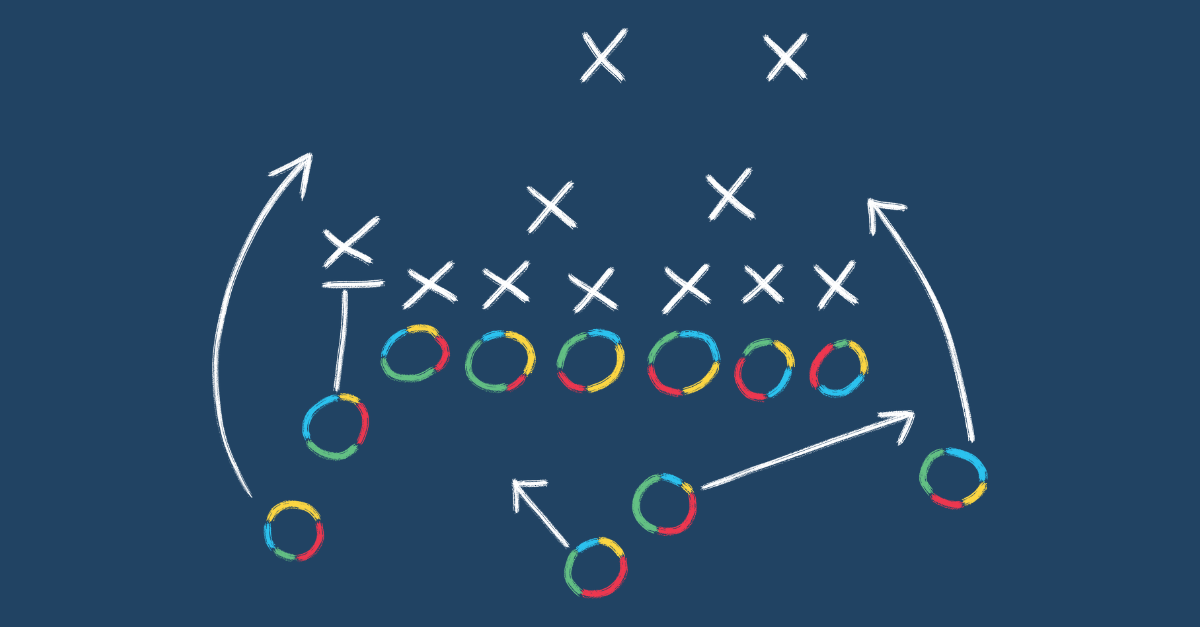Control Z. If you’ve never had the experience of wrangling with correction tape and Liquid Paper, you might not fully realize just how magical that simple keyboard shortcut is. In an instant, you can seamlessly erase your last steps and get a do-over.
If only everything in life were that simple.
Of course, when it comes to work priorities, you’re probably thinking more in terms to “to do” than “undo.” But for all the “to-dos” on your lists, there is probably an equal number that you ought to add to the “undo” list.
How efficient and focused are your leaders, learners, managers and employees? If they could find some clarity in the chaos of today’s distraction-filled workplace, how might that impact employee productivity, morale and development? How might it affect your customers? The business as a whole?
There’s no magical Control Z shortcut, but the one thing each of us has control over is our own brain. In the spirit of spring cleaning, here are 4 “undo” tips for clearing away some of the mess and helping your thinkers (and you!) get better use of this most valuable resource.
- Undo unnecessary workload complexity by tapping into your Analytical Self.
Take another look at your to-do list and you’ll realize that work can be cumulative, with more being added even when nothing drops off. The inbox never seems to empty!
A manager shared that while her staff has been reduced by nearly half in recent years, her team’s workload has nearly doubled. Sound familiar? If you’re in a similar situation, someone (you!) needs to stop and review the tasks and how they’re prioritized; otherwise, some of the most important work will be overtaken by less important tasks.
Another helpful exercise is to design tasks, projects and jobs with thinking preferences in mind. As a general rule, the more aligned someone’s thinking preferences are with the thinking requirements of the job, the greater the potential for higher productivity and job satisfaction.
Be conscious of the fact that when you casually or inadvertently add responsibilities to a position—even for administrative convenience—for any significant or undefined period of time, if this shifts the mental balance of the job, there will be consequences. If it’s an unavoidable necessity, provide productivity tools that align with the person’s preferences to help undo some of the inevitable mental strain. (For more tips on how to do this, see Chapter 10, “Productivity Through Fit: Individual, Job and Assignment Alignment,” in The Whole Brain Business Book, 2nd Edition.)
- Undo the clutter in your world: The arrival of spring often means clearing away some of the clutter that’s accumulated over the winter. Sometimes the space between our ears could use a little de-cluttering, too.
Tap into your Organized Self to free up physical space so you can have more mental space.
A plethora of distractions, from social media to endless, everywhere content in all its forms, tempt the Experimental Self, and we inadvertently create a permanent state of mind clutter, one that we may not even be aware of.
As a result, you may often end the day feeling like your brain is overflowing and maxed out. Choose to free up your visual landscape so you can start the day with a clear mind. While there may be some merits to mess—particularly when it comes to creativity and idea generation—acting on those ideas, especially the more complex or challenging ones, is easier once the decks have been cleared.
- Undo interactions that drain your energy and add little value. Tap into your Feeling Self to express your needs while remaining empathetic to the needs of others.
A huge complaint we hear is that the sheer volume of interaction has exploded through email, chat, texts, meetings, cell phone access, virtual teaming, and on and on. These aren’t just annoying; they’re preventing us from doing the deep work we need to get done—the kind that’s ultimately most satisfying.
Pay attention to your energy levels throughout the day and make note of the people interactions that most drain you. Take initiative to ask the other parties involved how you might engage in a more effective way. By the same token, be more conscious of when you’re adding to others’ mental load in an unhelpful or unproductive way.
Undoing your technology addiction, even to a small degree, can also deliver huge mental rewards. Set boundaries, and schedule in times to check email or other tools.
- Undo the negative aspect of fear, and use fear to your advantage. If you’re resisting a needed change, nurture your Experimental Self.
Start by recognizing that our emotional selves are subject to the impact of our fear of loss even if a risky gain is truly the best choice. In addition, the amygdala, the part of the brain that controls fear, responds faster than our cognitive selves.
What are you most afraid of losing that would merit making a change? Imagine different scenarios and explore your fears, and then decide what you need to “undo” or change to assuage the fear.
It’s amazing what a little undoing can do. Clear the way for more productive thinking this spring!












